Seventh Grade Science: Families
What are Families in Science?
In science, the concept of families refers to the classification of organisms into groups based on their shared characteristics. These groups help scientists organize and understand the diversity of living organisms on Earth.
Classification of Living Organisms
Living organisms are classified into different groups based on their shared characteristics. The main hierarchical levels of classification are:
- Domain: The highest level of classification. There are three domains: Bacteria, Archaea, and Eukarya.
- Kingdom: Each domain is further divided into kingdoms, such as Animalia, Plantae, Fungi, Protista, etc.
- Phylum: Each kingdom is divided into phyla, representing a major group of organisms with similar characteristics.
- Class: Phyla are further divided into classes based on specific characteristics.
- Order: Classes are divided into orders, representing related families of organisms.
- Family: Orders are subdivided into families, which group together genera (plural of genus) with similar characteristics.
- Genus: A genus includes one or more physically similar species.
- Species: The lowest and most specific level of classification, representing individual organisms that can interbreed and produce fertile offspring.
Key Characteristics of Families
Each family of organisms shares certain key characteristics that distinguish them from other families. These characteristics can include physical traits, behaviors, genetic similarities, and more. For example, the Felidae family, which includes cats, is characterized by retractable claws, a carnivorous diet, and a unique dental structure.
Importance of Understanding Families in Science
Understanding the concept of families in science is crucial for several reasons:
- It helps scientists organize and categorize the vast diversity of living organisms on Earth.
- It provides insights into the evolutionary relationships and shared ancestry among different groups of organisms.
- It aids in the identification and classification of new species and in understanding their ecological roles.
- It forms the basis for further scientific research and study of specific groups of organisms.
Study Guide for Families in Science
To effectively study families in science, consider the following steps:
- Learn the hierarchical levels of classification, from domain to species.
- Understand the key characteristics that define each family of organisms.
- Explore examples of different families, their members, and their unique traits.
- Examine the evolutionary relationships and shared ancestry among different families.
- Practice classifying organisms into their respective families based on given characteristics.
- Discuss the importance of understanding families in the field of science and its real-world applications.
By mastering the concept of families in science, you will gain a deeper understanding of the incredible diversity and interconnectedness of life on our planet.
.◂Science Worksheets and Study Guides Seventh Grade. Cell Processes

 Activity Lesson
Activity Lesson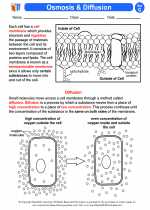
 Worksheet/Answer key
Worksheet/Answer key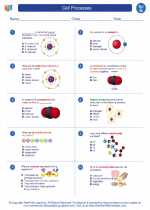
 Worksheet/Answer key
Worksheet/Answer key
 Worksheet/Answer key
Worksheet/Answer key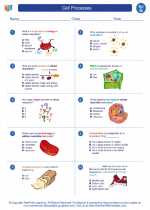
 Worksheet/Answer key
Worksheet/Answer key
 Vocabulary/Answer key
Vocabulary/Answer key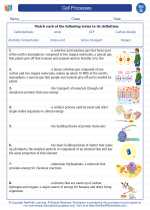
 Vocabulary/Answer key
Vocabulary/Answer key
 Vocabulary/Answer key
Vocabulary/Answer key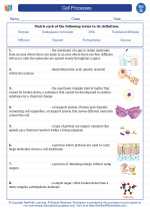
 Vocabulary/Answer key
Vocabulary/Answer key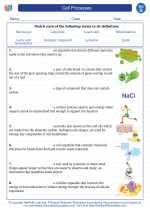
 Vocabulary/Answer key
Vocabulary/Answer key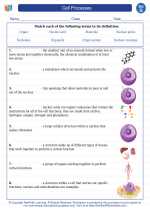
 Vocabulary/Answer key
Vocabulary/Answer key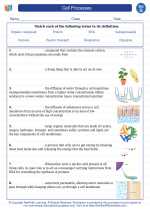
 Vocabulary/Answer key
Vocabulary/Answer key
